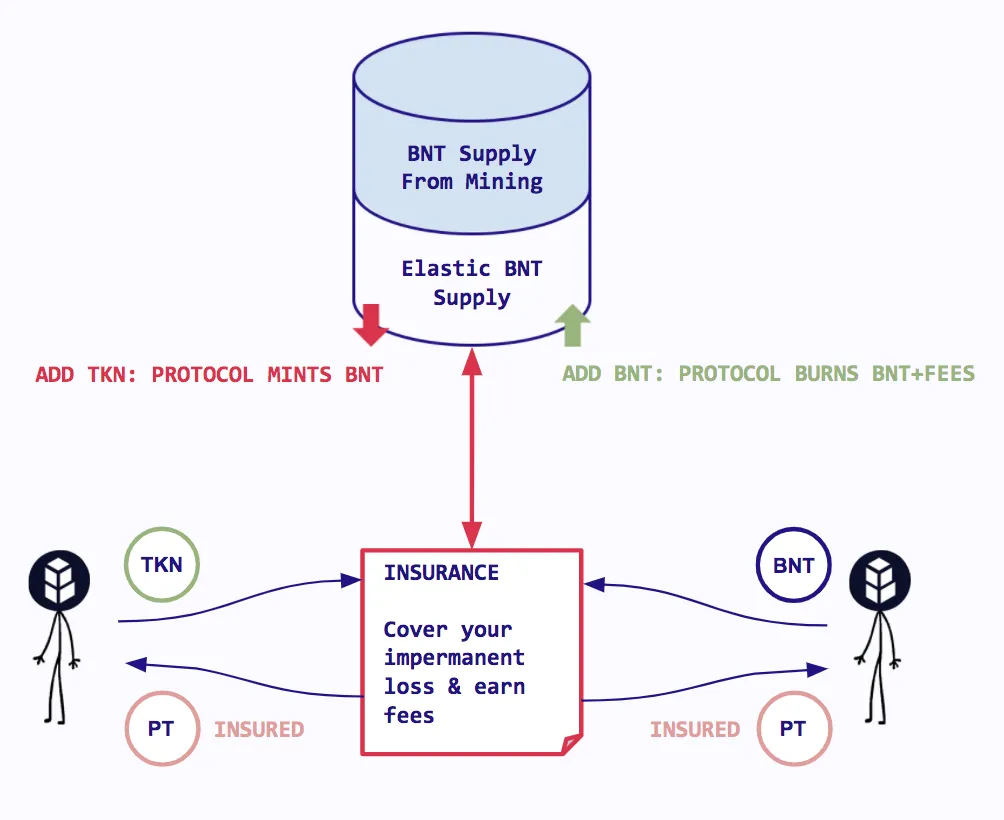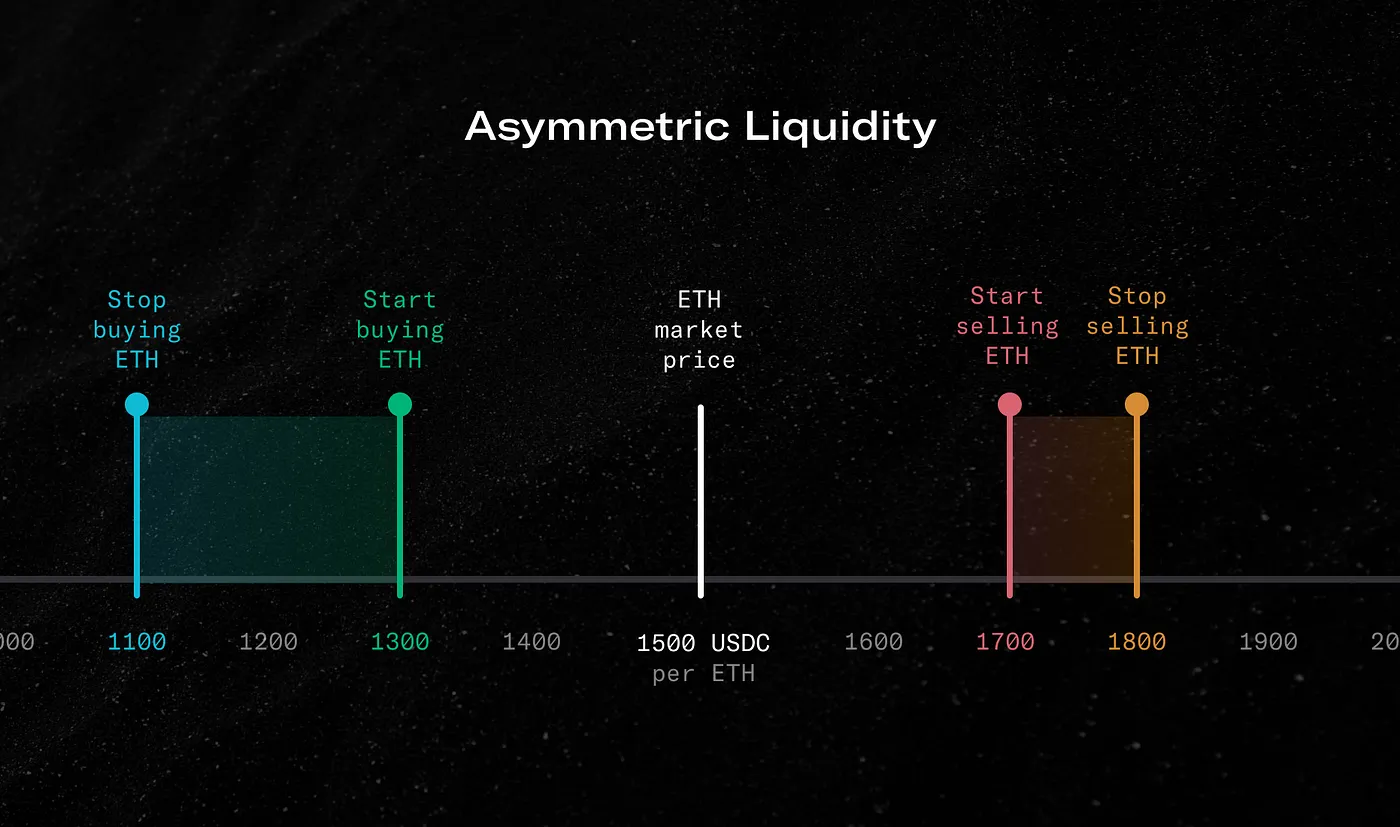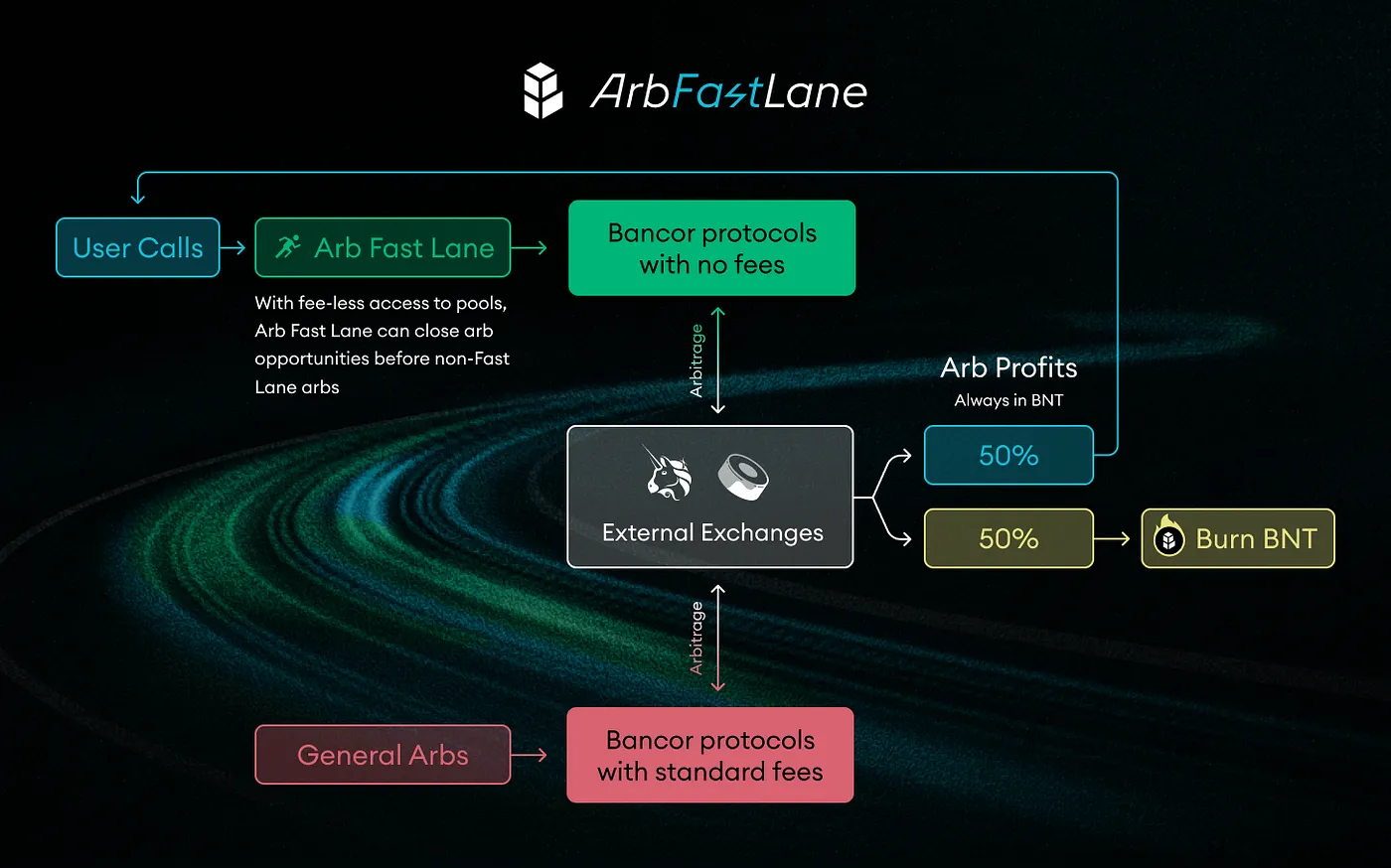Impermanent loss is an important problem faced by automatic market makers (AMM), which seriously affects the income of liquidity providers (LP), and may even cause LP to face losses. Bancor proposed an impermanent loss protection scheme in the v2.1 version, which allows the provision of unilateral liquidity, and through the elastic supply of BNT, liquidity providers can be 100% protected by impermanent loss after a period of pledge. But in the down market of 2022, the huge losses caused Bancor to terminate the impermanent loss protection. This action left Bancor short of tens of millions of dollars, and some LPs were unable to fully redeem their funds.
first level title
Bancor launches impermanent loss protection but leaves tens of millions of dollars short
Launched in 2017, Bancor was one of the earliest DeFi projects and the first to adopt AMMs. With the various innovations in DeFi in the summer of 2020, Bancors advantages gradually weakened. Similar to the fact that tokens in Uniswap v1 must form trading pairs with ETH, other tokens in Bancor must also form trading pairs with the native token BNT. More complex trading paths will cause additional transaction fees and increase the gas cost of transactions.
At the end of 2020, Bancor proposed the v2.1 version, which introduced impermanent loss protection and allowed the addition of unilateral liquidity. Bancor has selected dozens of tokens as whitelisted protected pools, providing the liquidity of the corresponding tokens or BNT in these liquidity pools to obtain liquidity mining rewards. And because it is protected, the liquidity provided by users can be completely immune to impermanent losses after reaching the specified time (100 days).
However, Bancors impermanence loss protection does not really prevent impermanence loss, but transfers the impermanence loss that LP may suffer to the Bancor protocol. According to the original idea, through the elastic supply of BNT, the agreement and LPs jointly provide liquidity in these liquidity pools, and use the earned transaction fees to bear the cost of impermanent losses.

Bancor 3, proposed at the end of 2021, further reduces transaction costs, allows all transactions to occur in one transaction, and cancels the original restriction of waiting 100 days to obtain 100% impermanent loss protection.
However, due to the extreme market conditions that followed, Bancor suffered huge impermanent losses, and the price of BNT fell by 90% compared to its high point. If the newly issued BNT is to be used to pay for the impermanent loss of users, then the lower the price, the more BNT that needs to be issued, because the expectation of additional issuance will also cause investors to sell BNT, leading to a death spiral, so Bancor announced a suspension in June 2022 Impermanent loss protection.
According to the data released by Bancor, as of April 4, 2023, the deficit in the agreement is 24.82 million US dollars, and the deficit ratio is 35.47%. Liquidity in the protocol is $69.7M, but trading volumes are trending down at around $1M per day, generating an average of $3400 per day over the past 7 days.

Carbon that automates on-chain trading strategies
Carbon is a decentralized protocol for automatically executing on-chain trading strategies. It can use asymmetric liquidity and adjustable bonding curves to create automated trading strategies. Its features include: asymmetric liquidity, adjustable bonding curve, round-robin strategy, resistance to sandwich attacks, liquidity concentration, and permissionless support for all ERC-20 tokens.
When we provide liquidity on Uniswap V2, the liquidity distribution is in the whole range of (0, +∞), which is less efficient. After upgrading to Uniswap V3, liquidity can be concentrated within a custom range, thereby improving capital efficiency. Liquidity will be basically evenly distributed within the set range, and you can buy when the price falls and sell when it rises.
Canbons Asymmetric Liquidity introduces a new approach to on-chain liquidity that can execute custom trading and market-making strategies.
As shown in the figure below, for example, when the price of ETH is 1500 US dollars, use USDC as the principal in Carbon, set the buying range of 1100-1300 US dollars and the selling range of 1700-1800 US dollars. When the price drops below $1300, start buying. Unlike providing liquidity in other DEXs, if the price rebounds, it will not be sold until it rises to $1,700. If the price fluctuates back and forth in a large range, then after setting the strategy, Carbon may execute the buying and selling operations multiple times.

In addition, the parameters of the bonding curve in Carbon can be adjusted, and each order corresponds to a bonding curve. Each curve is controlled by a set of parameters, including constant sum, constant product, etc., which determine the shape of the joint curve. After setting, no matter whether the order has started to be traded or not, the order can be adjusted in Carbon without closing the liquidity position that has been created.
first level title
Arbitrage Protocol Fast Lane
Bancor has developed an open source arbitrage protocol, Fast Lane, which allows users to arbitrage between the Bancor ecosystem and external DEXs, and currently supports arbitrage between Bancor v3, Uniswap v2, Uniswap v3, and Sushi. Fast Lane transactions that occur in Bancor are free of transaction fees, which gives Fast Lane users certain advantages over other arbitrageurs.
At the same time, 50% of the arbitrage profit will be automatically converted to BNT and destroyed, and the remaining 50% of the profit will be paid to users who discover arbitrage opportunities as finder fees. Currently, the maximum discoverer fee is 100 BNT. If this value is exceeded, the excess profit will still be used to destroy BNT.
As shown in the figure below, users can use custom parameters to search for arbitrage opportunities, including the monitored DEX, currency, and minimum profit. After calculating the transaction fee and Gas cost, the arbitrage opportunity is sent to the Fast Lane smart contract. Afterwards, transactions in Fast Lane include:
Execute BNT flash loan;
Execute multiple transactions related to arbitrage;
Return the BNT flash loan;
Send the profit to the BNT contract in the form of BNT and burn it;
The remaining BNT is sent as profit to users who discover arbitrage opportunities.

summary
summary
Bancor has suffered huge losses due to impermanent losses, and currently has a deficit of up to $24.82 million, but the transaction liquidity is only $69.7 million. The team hopes to increase the income of the agreement, so it has created Carbon, which automatically executes on-chain trading strategies, and Fast Lane, an arbitrage agreement. The agreement fees of these two new projects are tentatively scheduled to be used to repurchase and burn BNT. However, because the deficit ratio is still 35.47%, and the liquidity has been reduced compared to before, it is still a difficult task to completely eliminate the deficit.










